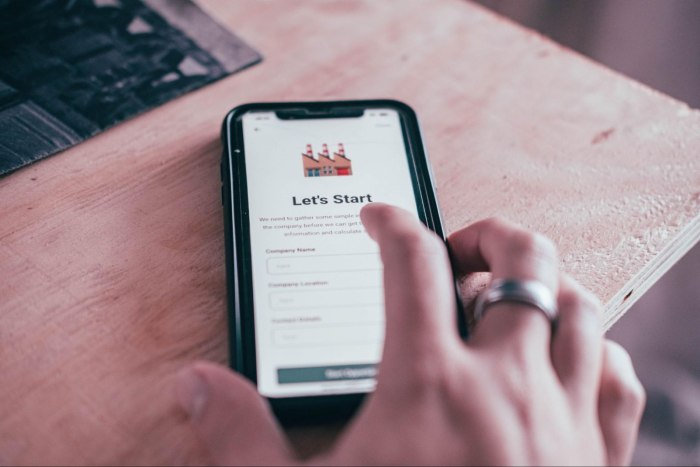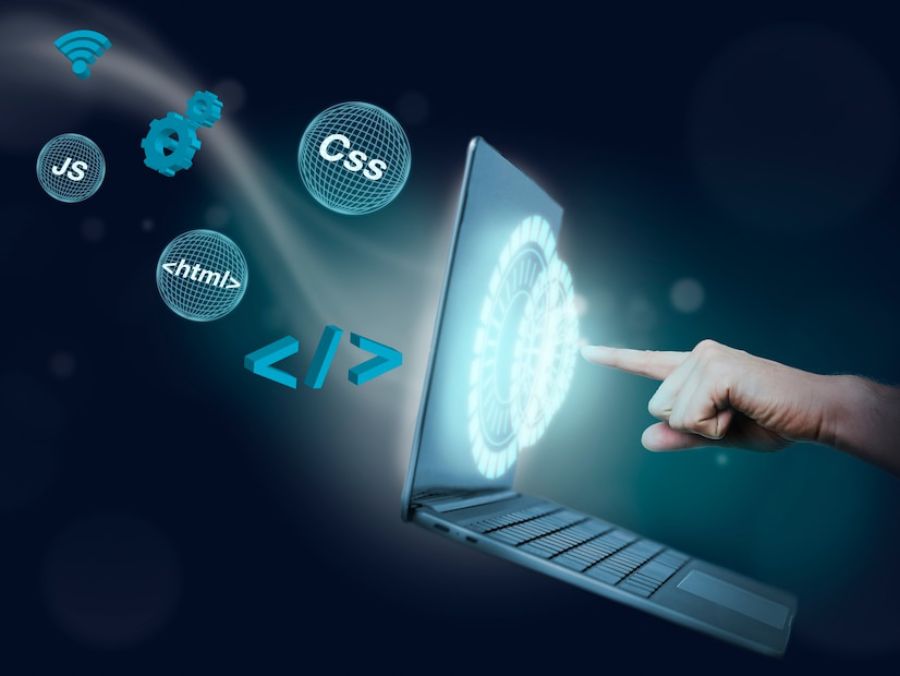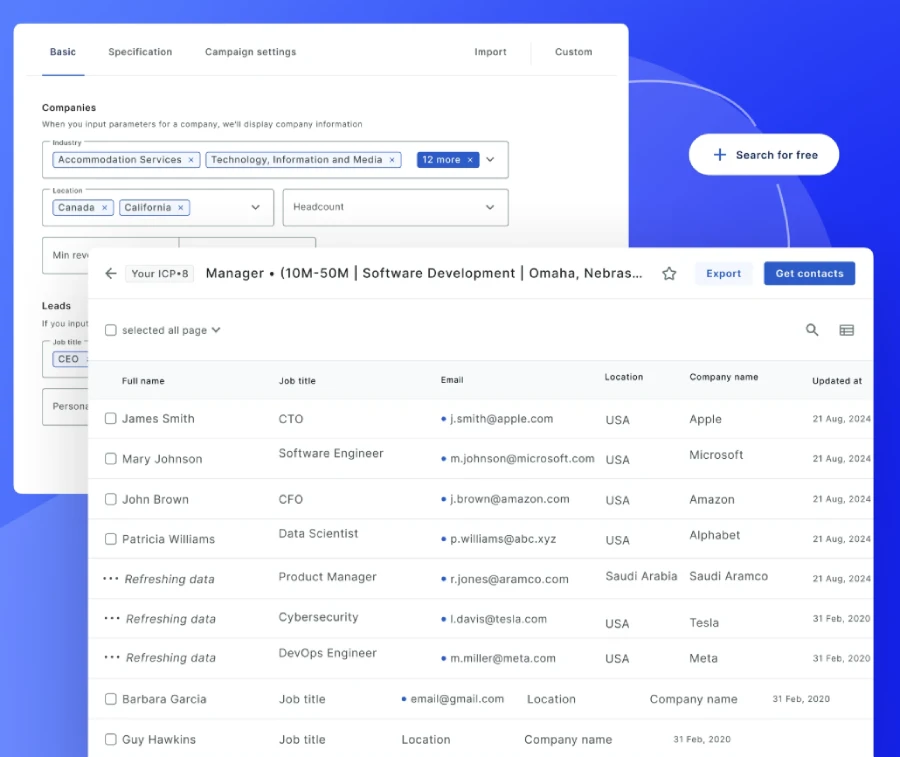
5 Tips To Improve Your User Onboarding Experience
Only a user who is certain that they must have your product won’t put much thought into how the onboarding process goes. Most people, especially the ones that are buying from you the first time, will expect an impeccable experience with your brand. If you want to attract more people to your brand, you need to make sure that they can achieve the goals they came to you with.
If a customer has a problem they are trying to solve, it is your job to offer them a pleasant, clear experience until they get to that point.
There are plenty of things to consider and do to optimize the onboarding process. You need to consider their goals and problems, guide them towards completing the actions, and make sure that they can use your product as intended.
If done right, the onboarding process can increase your conversion rates tremendously. Just imagine the number of potential customers businesses lose because their order process is too complex, their product information is inaccurate or incomplete, or the site loads poorly.
In this article, you’ll learn about the 5 essential steps to take to improve the onboarding experience for users.
1. Use The Right Tool For User Onboarding
Successful onboarding is a foundation for the growth of businesses. However, there’s a lot to be done to achieve this. You need to perform research, create the right journey for users, track their responses and behaviours, and more.
Luckily, this can all be facilitated, as well as optimised with the right tool. According to Appcues, a leading company that offers such services, and their guide on what is SaaS user onboarding, the right strategy can do two things for your business:
- Boost the retention and conversion rates
- Groom advocates for your brand and products that will bring more prospective customers

Tools like Appcues make an otherwise lengthy and challenging process much simplified. You can use it to build and test the onboarding flows, get users to that desired “aha” moment, and drive growth for your business.
You can use this tool to create targeted checklists and personalised welcome flows that will guide your users to the “aha” moment faster and more efficiently. The tool is rich with hotspots, slideouts, and tooltips options to drive awareness of new products and features.
In addition to this, Appcues will allow you to collect insights and useful data from in-app surveys that you can customize within minutes!
2. First Segment, Then Personalize
Positive experiences for customers are based on what those customers need, have, and want. This is why we create buyer personas – to discover what we need to offer to customers and how they need it offered. When you know what works for your customers, you can create an onboarding experience that meets their expectations and converts them into customers.
Segmenting buyers is the most vital part of creating good customer experiences. Research your buyers, as well as the market your business operates in, and create different buyer personas that you’ll segment into different groups.
There’s no rule as to how many segments are ideal. However, you should keep in mind that the reason behind segmentation is to create separate, personalized strategies for each of those segments. While you can use a similar onboarding process for different segments, you’ll still have to tweak many things to personalize it for the intended user.
Unless you know what people need, how they behave, and how they’ll perceive the journey you’ve mapped for them, how can you know how to optimize the onboarding for them?
3. Map Out The User Journey
Since you know your products inside out, you already know how they work. However, all the new users don’t. Everything is new to them starting with how they sign up for your product to how they buy it to how they use it.
If you want to optimize their onboarding, you need to know everything there is about their journey. Look at it from the user’s perspective – that’s the only way to detect the flaws and improve the process.
To map out the user journey, you need to ask yourself three main questions:
- How do users find your brand and product?
- What convinces them to sign up or buy your products?
- How do users use the product to solve their problems?

You can answer all these questions – and more – if you do user journey mapping. Journey mapping is a visualisation of every step that a user takes from the first contact with your brand long after their purchase.
Journey mapping will tell you how easily users can navigate through your website. It will show you how easily they can understand how to use the product. You can use it to learn if they are experiencing some issues with it after buying it, or if your site is not optimized at some stage of the process.
There are plenty of tools you can use to obtain more information for this process. For starters, you can use Google Analytics to obtain some data. The Event Tracking feature of Google Analytics will tell you how long people stay on different pages of your website. This information can be really useful when you’re mapping the user journey.
4. Focus On The ‘Empty States’ Of Your Products
The majority of designers today create products with the wrong idea in their mind – that the user will onboard himself easily and without a problem. This is the so-called ‘ideal’ state.
If you optimize the onboarding process, most users will eventually get to this state. However, before you get to that point, you need to focus more on the ‘empty state’.
Right now, some of your users, perhaps even most of them, never reach the ideal state. They’ll find a page that loads too slowly and leave your site altogether. They’ll get past the join form and find something more attractive elsewhere. These people are all lost leads.
The reason why most marketers focus on the ideal state is that they are already there – they know how to use the product, they know the journey insight, and are familiar with just about every part of the website.
Ideally, you should step back and start looking at the onboarding from the new users’ perspective. They don’t know your product as much as you do, or your site as much as your developers do. This is why you should be focusing on the empty states in addition to the ideal state.
When you’re designing the empty state, consider the following questions:
- What steps has the user taken to reach the screen you are looking at?
- Will the screen stay in the same state – and for how long?
- How can users make use of the screen?
- Will the user understand the interface when there’s no data on it?
- What hints can you add to the finalized screen functionality that can surface when the screen is empty?
5. Design A Full Onboarding Flow
The empty and ideal states will take you to consider the screen, but your job does not end there. It’s important to think of the onboarding process as a flow, not separate screens that don’t connect.
Consider a linear flow that represents the user experience from start to finish. There’s no specific line where the user experience starts or ends, but you can create several points that can be defined this way.
For example, you can consider the signing up process as the start of the journey and go from there. You can also consider that some people will land directly on your homepage, a blog on your site, or the pricing page.
The onboarding flow would go something like this. The user gets to your site, reads a bit about the product, goes to the pricing page to learn what it costs, puts the item in the card, and proceeds to make the order.
The user onboarding doesn’t finish since people will be using your products or service and you won’t know for how long. We’re also looking for upgrades, new features, refilling the stock of the product they bought, etc.
However, you can set different stages for the onboarding finish, too. When you map out the journey, you can consider the order delivery to be the end of their journey or sometime after they purchased the product when you send them the satisfaction survey.
Here is how Slack has organised the flow:

Once you’ve created the journey map and determined the onboarding flow, you’ll have a much clearer idea of what to do to improve it.
One Final Tip To Get You On The Right Track!
One of the most obvious next steps is to figure out how to get the users to the ‘aha’ moment faster. This will give them less time to change their mind and boost the conversion rates. Some steps are vital because they require some action that the user must take to use your service. That being said, you still need the purchase form and process, but you might want to allow them to continue to this step without signing up. Or, you might want to add the price calculator to the homepage so that they don’t have to jump to the pricing page.
There you have it – the 5 great tips for a better onboarding experience!

Tech-Savvy Tips for Enhancing Your Digital Infrastructure

Balancing Business Leadership and Travel: Tips for Success







